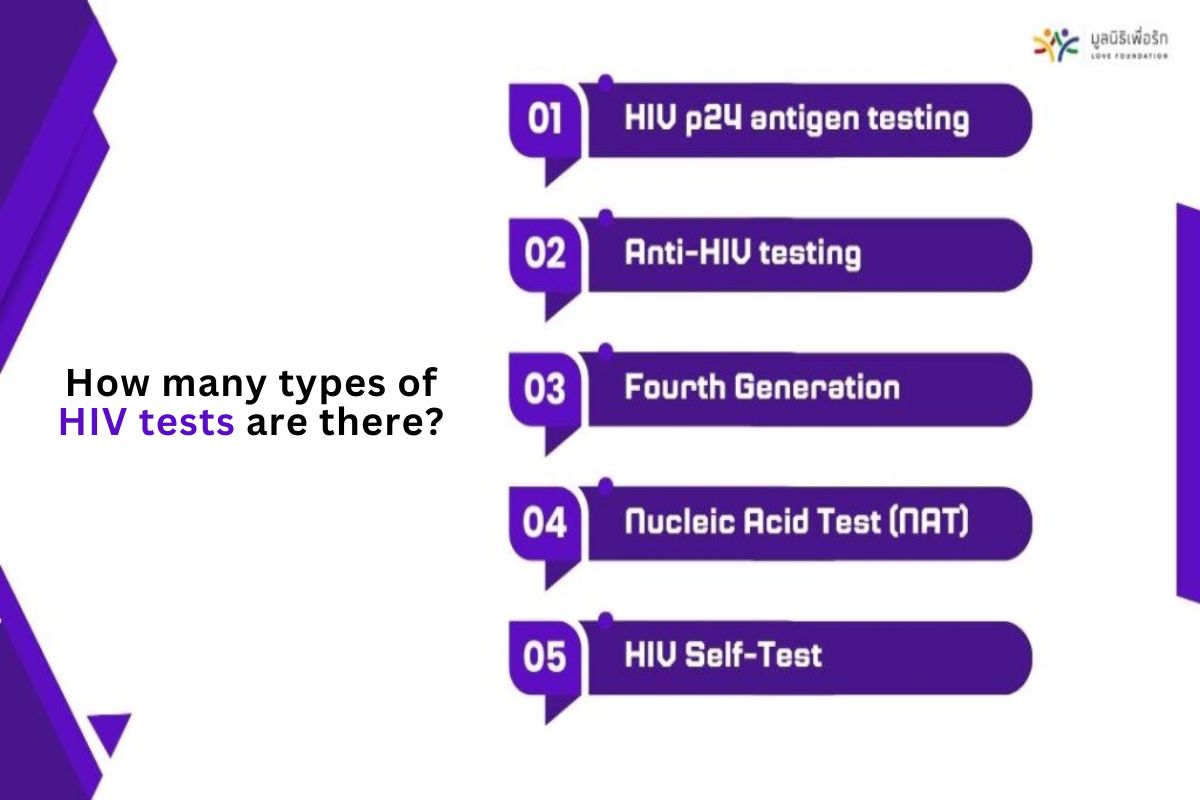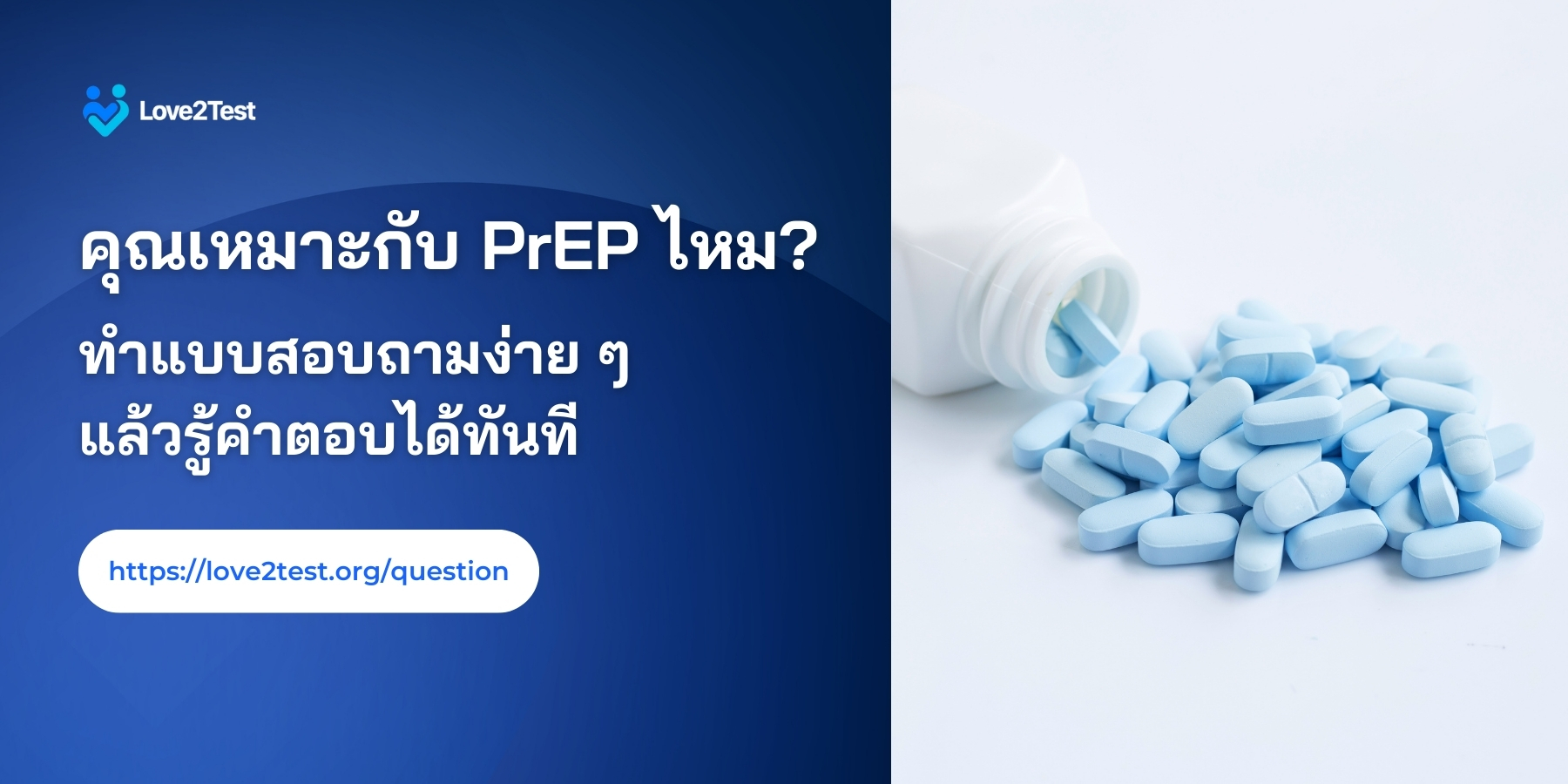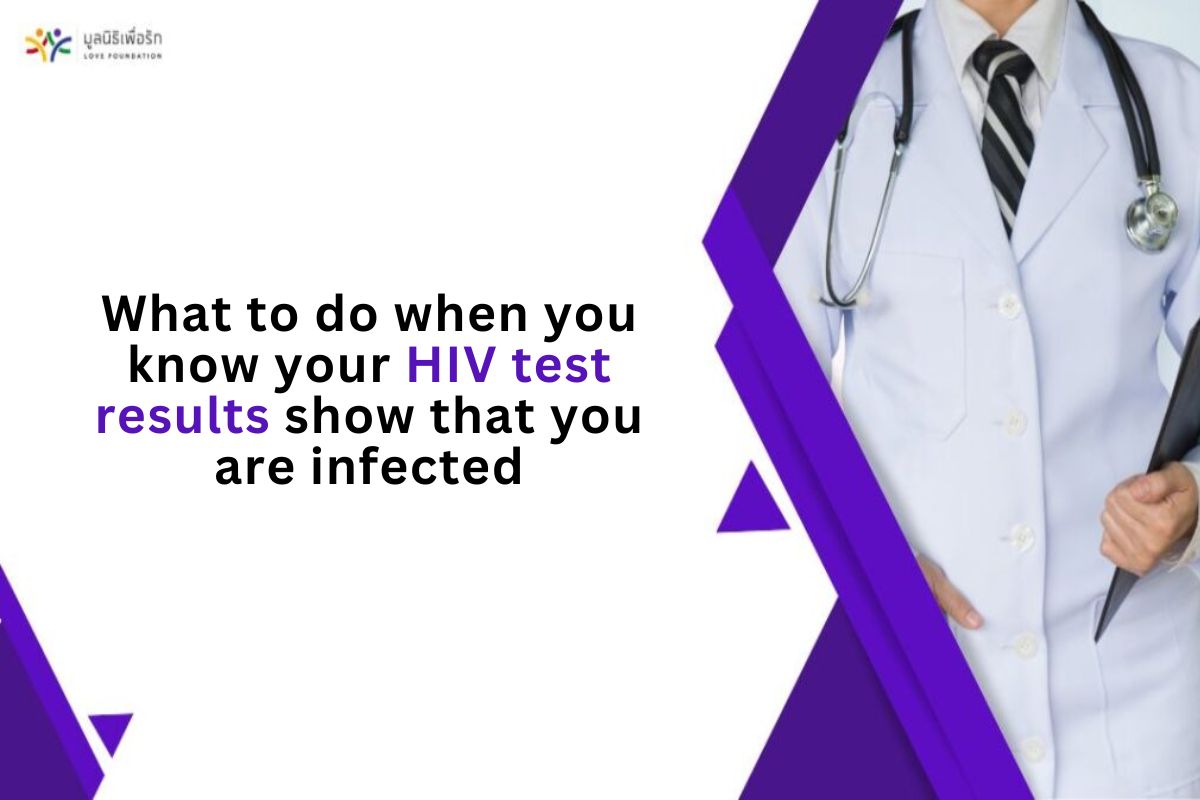List of Content
1. How many methods of HIV testing are there?
- HIV p24 antigen testing
- Anti-HIV testing
- Fourth Generation HIV Testing or HIV Ag/Ab combination assay
- Nucleic Acid Test (NAT) for HIV
- HIV testing with HIV Self-Test Kit
2. What does the HIV test result mean?
3. What to do after finding out the HIV test results that you are infected

How many methods of HIV testing are there?

Currently, there are 4 types of HIV testing by medical laboratory diagnosis of infection. And 2 types of self-testing HIV kits certified by the World Health Organization that people at risk can test themselves.
HIV p24 antigen testing
HIV testing by detecting HIV antigens from the protein of the virus called p24 can detect the virus in the period when the infected person has been infected for about 2 weeks. This method, doctors will consider from patients who are at risk of HIV infection in the early stages, when the body has not yet created antibodies to the virus (Anti-HIV) or in another case, the person being tested has a low antibody level and cannot be measured.
Anti-HIV testing
HIV testing by detecting specific antibodies to HIV can detect people who have been infected for about 3-4 weeks. It is the most popular HIV screening method currently used.
Fourth Generation HIV Testing or HIV Ag/Ab combination assay
HIV testing by diagnosis from a HIV-specific antibody test kit and HIV antigen test at the same time using the same test reagent can detect the virus within 2 weeks of the infected person entering the body. This method is an HIV test that shows the results of both HIV p24 antigen and/or Anti-HIV values, which is very popular because it saves time and has high screening efficiency.
Nucleic Acid Test (NAT) for HIV
HIV testing by testing for HIV genetic material called Nucleic Acid is a fast and effective test that can detect the results after infection for 3-7 days. However, this method has not been used for screening in hospitals, but is only used for screening blood donors.

HIV testing with HIV Self-Test Kit
HIV self-test kits are an option that many people are interested in because they can be easily tested by yourself, are easy to buy, and you can get blood test results quickly without having to waste time traveling to a hospital for testing. This type of testing is as effective as screening in a hospital, and research has confirmed that it is over 99% accurate. However, it also depends on the appropriate period of testing after passing the risk. Currently, there are 2 types: testing by drawing blood from the fingertip and testing with saliva.
What does the HIV test result mean?
Currently, each HIV test method generally shows test results in 3 formats as follows:
Reactive or Positive
Non-Reactive or Negative
If you receive a test result that shows Non-Reactive or Negative, which is mostly understood as “selected negative”, it means that you do not have HIV in your body. However, if the test result is negative, the specialist doctor will consider retesting to prevent false negative results that may occur. Because the person being tested is tested during the incubation period of the virus (Window period), which cannot detect the virus but the body has HIV, so the HIV must be tested again, which is 3-6 months.
After the first test, it depends on the doctor’s discretion. But in the case of the person being tested who chooses to use the HIV self-test kit, it is emphasized that do not be careless with the test results received. You should also retest in 3-6 months or, for the most confidence, you should get a confirmation test from a doctor again. However, you should not think that you are 100% free of the virus. You should avoid risky behaviors that affect infection or spread of the virus.
Invalid Result
What to do after finding out the HIV test results that you are infected

- Understand, study, consult, and ask questions from the doctor as much as possible to build self-confidence. If you are worried that your family members will be alarmed by the test results, your family should listen to the doctor’s advice as well. This will help the treatment go smoothly without worrying that people close to you will stigmatize you negatively.
- Enter the HIV treatment process as soon as possible according to the doctor’s advice to prevent the virus from spreading to a more severe stage.
- Strictly follow the doctor’s advice. See the doctor for every appointment, take all medication completely and on time.
- If you have any abnormal symptoms during treatment, see a doctor immediately to inform them of your symptoms.
- Eat nutritious food, complete with all 5 food groups, and exercise regularly.
- Reduce anxiety, do not overthink, and take care of your mental health to be strong. If you need advice, see a doctor or choose to see a psychiatrist for appropriate advice.
- Avoid behaviors that are harmful to the body, such as drinking alcohol, smoking, and taking all types of drugs. Insufficient rest to reduce the risk of complications that may follow.
- Those who have a family or partner should consult a doctor about behavior, care, and sexual intercourse or having children by taking antiretroviral drugs continuously.

